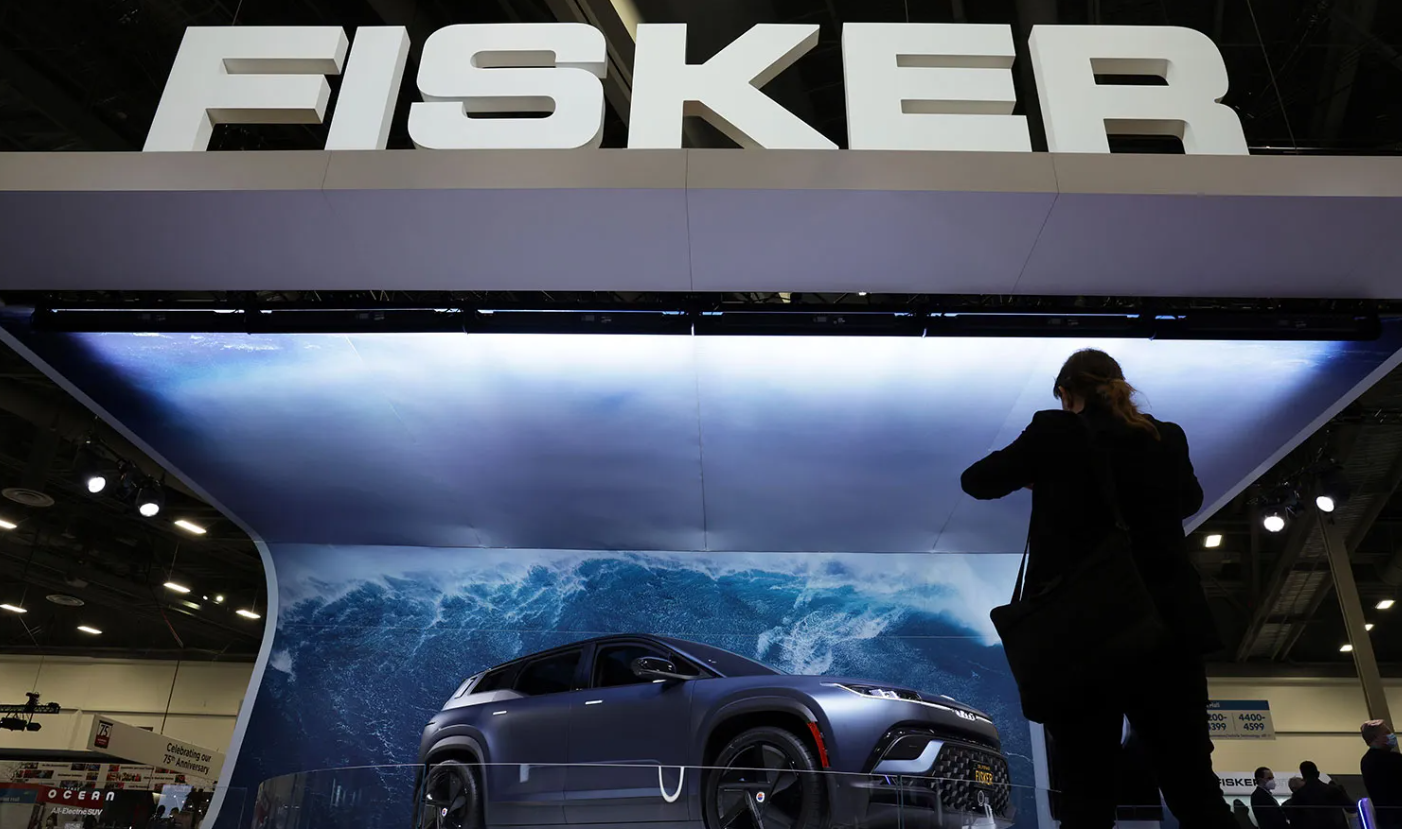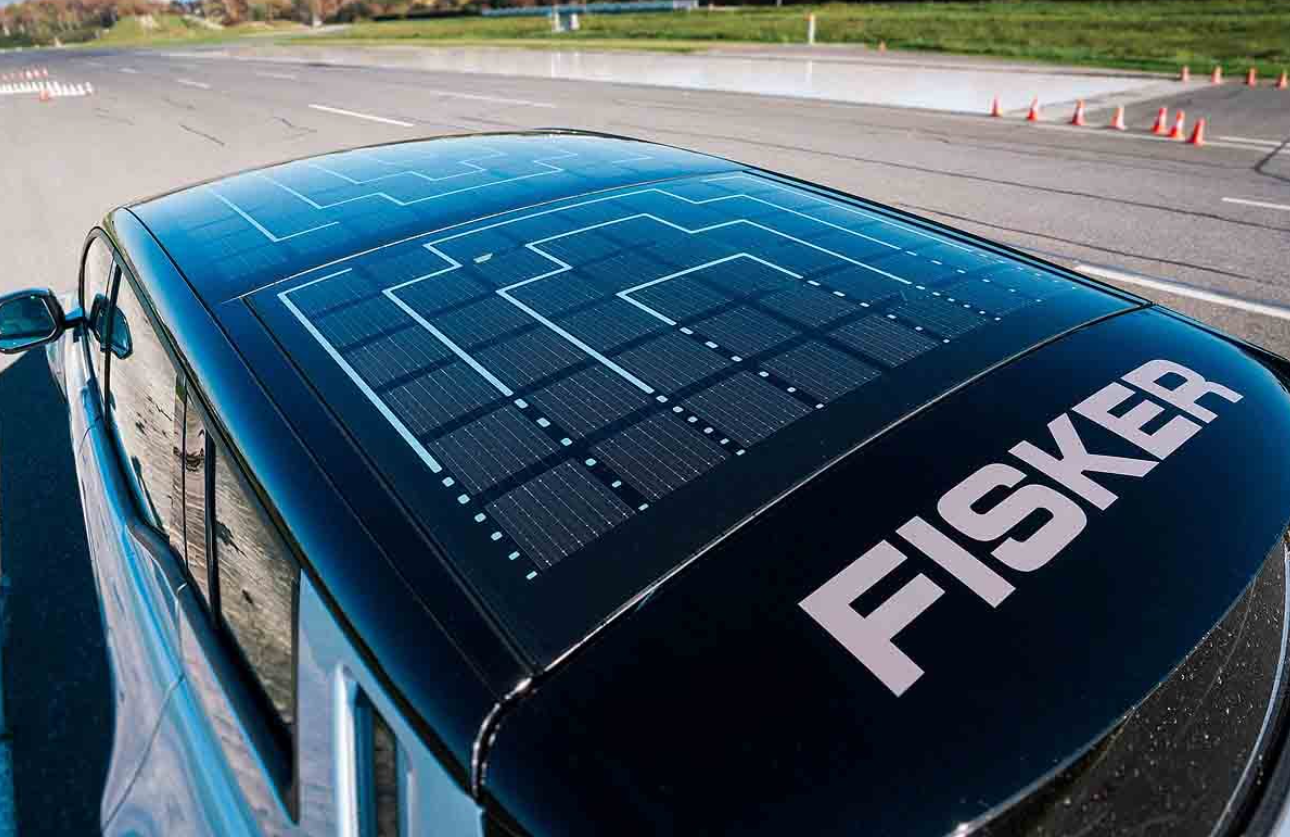In the rapidly evolving world of electric vehicles (EVs), few companies have had a more tumultuous journey than Fisker. Founded in 2007 by Henrik Fisker, an acclaimed automotive designer, the company aimed to revolutionize the EV market with its innovative hybrid-electric vehicle, the Fisker Karma. Initially, Fisker seemed set to become a significant player in the industry, securing significant investment and attracting a lot of media attention. However, by 2013, the company was in dire straits.
In 2008, Fisker unveiled the Karma, a luxury plug-in hybrid sedan, at the North American International Auto Show. The vehicle, with its sleek design and innovative solar-panel roof, was met with great excitement. However, the Karma was plagued by production delays and quality issues, including battery recalls. Despite these setbacks, Fisker managed to deliver around 2,000 Karmas by 2012.
Despite the initial hype, Fisker’s financial health began to deteriorate due to the Karma’s high production costs and lower-than-expected sales. The situation worsened when A123 Systems, the supplier of Fisker’s lithium-ion batteries, filed for bankruptcy in 2012. Fisker halted production and laid off most of its workforce. By 2013, Fisker had filed for bankruptcy protection.
The company’s assets were purchased by Wanxiang, a Chinese auto parts conglomerate, in 2014. Wanxiang planned to revive the Karma under a new brand, Karma Automotive. However, the revamped Karma, renamed the Revero, was met with lukewarm reception when it launched in 2016. Despite several attempts to rejuvenate the brand and the introduction of new models, Karma Automotive has struggled to gain traction in the competitive EV market.
In 2020, Henrik Fisker announced the launch of a new EV company, Fisker Inc., with a focus on affordable electric vehicles. The company unveiled its first model, the Fisker Ocean, an all-electric SUV, in 2021. Despite the past failures, the new venture has managed to generate significant interest and has secured a deal with Foxconn to manufacture the vehicles.
The journey of Fisker serves as a cautionary tale for other EV startups. The company’s rise was fueled by a vision of a greener future and the promise of cutting-edge technology. However, its fall was precipitated by a series of missteps, including production woes, financial troubles, and a failure to meet high expectations. Despite its difficulties, Fisker’s story is not over. With the relaunch of Fisker Inc., Henrik Fisker is once again attempting to disrupt the EV market. Only time will tell if this venture will succeed where the previous one faltered.

Early Ambitions: The Founding of Fisker Automotive
Henrik Fisker, a renowned automobile designer and entrepreneur, established Fisker Automotive in 2007. This innovative venture was primarily dedicated to the production of environmentally friendly vehicles. The vision was to create a sustainable automotive industry that would not compromise on performance or luxury. Fisker’s initial foray into the automotive world was the launch of the Fisker Karma, a plug-in hybrid sports sedan, which was unveiled at the 2008 North American International Auto Show.
The vehicle was a testament to the company’s commitment towards environmental consciousness and high-performance motoring. While Fisker faced numerous challenges along the way, the company’s early ambitions were undeniably groundbreaking. They were pioneers, forging a path in a relatively uncharted territory of the automotive market. Despite the initial hurdles, the founding of Fisker Automotive marked a significant turning point in the industry, inspiring other manufacturers to consider the potential of hybrid and electric vehicles.
Their bold vision and untiring perseverance served as a catalyst for the entire automotive industry’s current shift towards more sustainable transportation solutions. Even though Fisker Automotive underwent ups and downs, it laid the groundwork for its successor company, Fisker Inc., to continue the mission of delivering sustainable, high-performance vehicles. The early ambitions and the founding of Fisker Automotive, therefore, represent a critical juncture in the evolution of the automotive industry towards greater sustainability and innovation.
The Launch: Fisker’s First Electric Vehicle Debut
In the world of sustainable transportation, Fisker Inc. has made a significant stride with the debut of their first-ever electric vehicle (EV), named the Fisker Ocean. As an American automaker known for developing the most eco-friendly, electric vehicles, their latest creation aims to revolutionize the EV market. The Fisker Ocean’s grand unveiling occurred at the 2020 Consumer Electronics Show (CES) in Las Vegas, where it was met with enthusiastic acclaim for its innovative design and engineering. Built with an ethos of sustainability, this new EV is poised to deliver an unparalleled driving experience while minimizing environmental impact.
The Fisker Ocean is a sport utility vehicle (SUV) with a range of 250-300 miles on a full charge, depending on driving conditions. It boasts a solar roof for supplementary charging, vegan interior, and a fully recycled carpet. It is also integrated with high-performing, state-of-the-art technology for an advanced, comfortable, and safe ride. The Fisker Ocean’s debut marks a monumental leap in the EV industry, setting new standards for eco-consciousness, performance, and luxury in electric vehicles.
This launch symbolizes Fisker’s commitment to a greener future and cements its position as a front-runner in the race towards sustainable mobility solutions. The Fisker Ocean is more than just an electric vehicle; it’s a testament to the potential of EV technology to combine environmental responsibility with the thrill of driving. As the world shifts towards more sustainable solutions, the launch of the Fisker Ocean sets a new benchmark for what an electric vehicle can be and showcases Fisker Inc.’s groundbreaking approach to design and technology.

Challenges and Setbacks: Financial and Technical Hurdles
The realm of business and entrepreneurship is fraught with a multitude of challenges and setbacks, which can largely be categorized into financial and technical hurdles. Financial hurdles often manifest in the form of limited or insufficient funding, cash flow issues, and the high cost of operations. Start-ups, in particular, struggle to secure adequate capital to fuel their growth and expansion strategies. This can stifle innovation and limit the potential for business advancement.
On the other hand, technical hurdles encompass a wide array of problems ranging from lack of technical expertise to issues with product development, production processes, and technology integration. In the digital era, businesses are expected to adapt and evolve with technological advancements, but this transformation comes with its own set of challenges. For instance, the adoption of new technology often requires significant investment and a skilled workforce.
Additionally, the fast-paced and constantly evolving nature of technology can make it difficult for businesses to keep up, leading to inefficiencies, redundancies, and even business failure. Overcoming these hurdles requires strategic planning, efficient resource allocation, and continuous learning and adaptation. Businesses may need to seek external funding, improve their financial management, or invest in training and development to enhance the technical skills of their workforce. Despite these challenges, it’s important to remember that they also present opportunities for growth and improvement. They can spur innovation, drive the pursuit of efficiency, and ultimately strengthen the overall resilience of a business.
Challenges and Setbacks: Financial and Technical Hurdles
Facing challenges and setbacks, especially financial and technical hurdles, is an inevitable part of any business journey. Financial hurdles, for instance, often arise from insufficient capital, unrealistic budgeting, or sudden, unforeseen expenses, which may pose severe difficulties in maintaining the smooth operation of an enterprise. Such obstacles may force businesses to restructure their strategies, seek additional funding, or even consider downsizing to keep afloat.
On the other hand, technical hurdles present a different kind of challenge. These may include outdated technology, lack of technical expertise, or failure to adapt to new technological trends. Such issues can significantly hamper a company’s ability to compete in a technologically driven market. It may lead to inefficiencies, customer dissatisfaction, and ultimately, a decline in profitability. To overcome these obstacles, companies must be proactive in investing in the latest technology and training for their staff. They need to embrace change, continuously innovate, and adapt to the rapidly evolving digital landscape.
Furthermore, having a contingency plan can help businesses navigate unexpected financial or technical troubles. It’s also beneficial to seek advice from industry experts or hire a consultant to help manage these challenges. Regardless of the nature of the setbacks, it’s essential for businesses to view these as opportunities to learn, grow, and strengthen their resilience. After all, overcoming adversity often leads to greater strength and success in the end.

The Aftermath: What Happened to Fisker Post-Crisis
After the financial crisis of 2008, Fisker Automotive faced a series of significant challenges that eventually led to its downfall. The company, which had previously been lauded for its innovative electric vehicle designs, particularly the Fisker Karma, found itself in a precarious financial situation. Fisker’s primary source of funding, a $529 million loan from the U.S. Department of Energy, was frozen due to missed production targets, causing a severe cash crunch. The company also suffered from quality and reliability issues, with several Karma models recalled due to battery problems. Reeling under these setbacks, Fisker filed for bankruptcy in 2013.
The company’s assets were subsequently purchased by Chinese auto parts company Wanxiang Group. In an attempt to revive the brand, Wanxiang rebranded Fisker as Karma Automotive and relaunched the Karma as the Revero in 2016. However, despite these efforts, Karma Automotive has struggled to gain traction in the competitive electric vehicle market. Today, the company is a shadow of its former self, with limited production and a much-reduced workforce. Despite its early promise, Fisker’s fall from grace serves as a cautionary tale about the challenges and risks inherent in the rapidly evolving electric vehicle industry.
